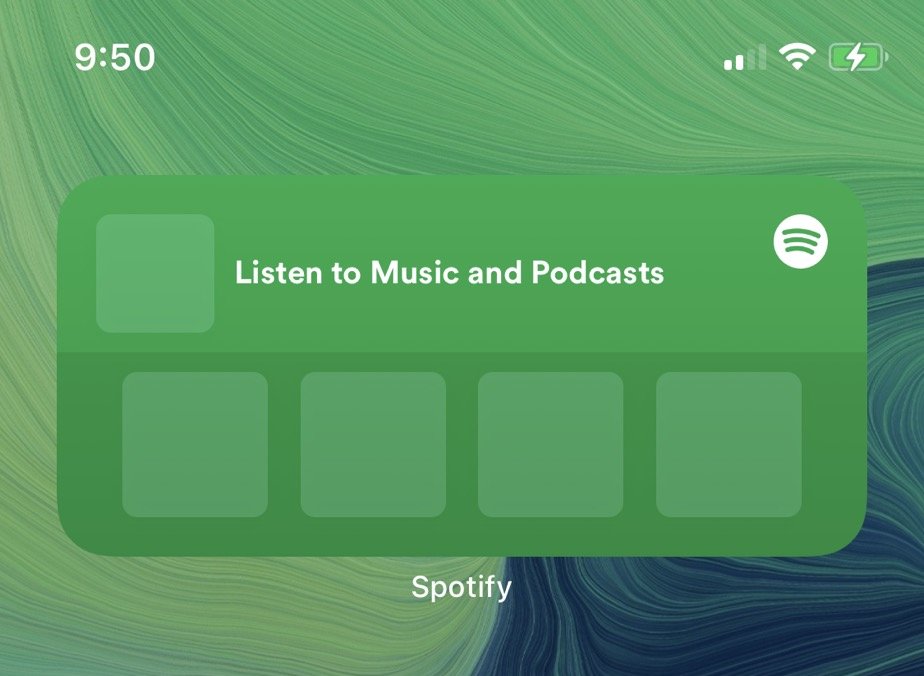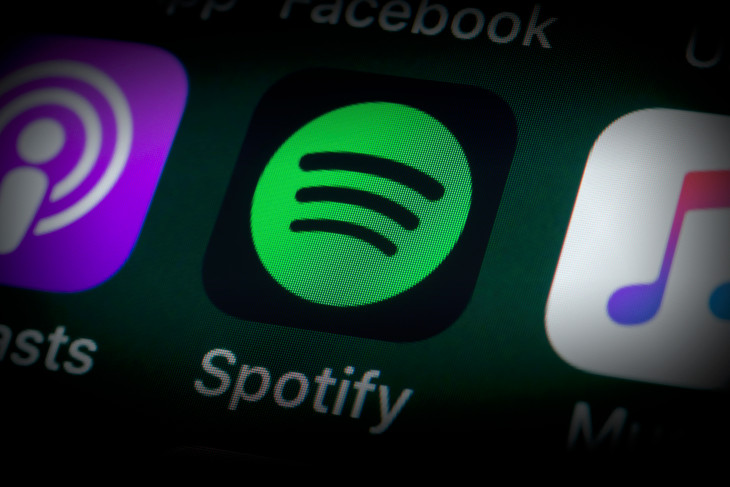Spotify is a digital music service that gives you access to millions of songs. We and our partners use cookies to personalize your experience, to show you ads based on your interests, and for measurement and analytics purposes.
Spotify is committed to bringing audio content such as music and stories to more people in more ways–including the next generation of listeners. That’s why we decided to launch a fun standalone app designed with safety in mind specifically for kids and families.*
We sat down with Alex Norström, Spotify’s Chief Premium Business Officer, to learn a little more about the app.
1. Why create a Spotify Kids app now? What can users look forward to?
We know that families love listening together—whether it’s while driving in the car or cooking dinner together in the kitchen. But we also know that family members love to listen on their own too. That’s why we’re so excited to welcome the next generation of listeners—kids—into the Family Plan experience.

Kids consuming audio content, such as music and stories, isn’t a new phenomenon—in fact, they love it. But most audio experiences were built with adults in mind—meaning they’re not simple, easy, or fun for young kids to use.
Spotify Kids was born out of the desire to create a playground of sound just for kids—to build a place where younger kids can explore their favorite music and stories in a fun environment. The content is ad-free and hand-picked by a team of editors, and the experience is bursting with color. Our visuals help guide young minds through the app with simple navigation and scaled-back text. Before setting out to explore, each kid can also select a custom avatar and color theme to personalize their experience.
Spotify Kids is a composite of playlists, which makes it easy for kids to find music and stories from their favorite movies and TV shows or hit plays on a playlist to sing along to during their favorite activity—or their least favorite chore.
We’re thrilled to beta launch in Ireland and look forward to introducing Spotify Kids in all markets that have Premium Family in the coming months. As we evolve the app experience, we’ll roll out enhanced parental settings and controls for even more customization in an effort to give parents peace of mind.
2. How is the Spotify Kids app different from the original app? Any unique content?
Spotify Kids is a standalone app available exclusively for Premium Family subscribers and intended for kids ages 3+. The content within Kids is hand-picked by a team of editors, who have nearly 100 years of combined experience curating content for kids. They come from some of the most well-respected brands in this space, including Nickelodeon, Disney, Discovery Kids, and Universal Pictures, as well as Public Service in Sweden and BookBeat, which is a family- and kids-oriented audio streaming service.
Beyond the content, the entire Spotify Kids user experience looks and feels different from the Spotify app. And that’s intentional. It’s built for kids, with their specific cognitive skills in mind, and exudes a fun, familiar, playful, and bright atmosphere. This look and feel also varies by age group—for example, the artwork for younger kids is softer and character-based, while content for older kids is more realistic and detailed.
3. Why launch in beta? What are you hoping to learn?
Having a standalone app specifically for younger kids is a new space for Spotify, and we understand the sensitivities around content for children. We are being very deliberate in our launch approach. We’ve started with a beta launch in Ireland, knowing that this initial roll-out phase will yield many learnings from parents, caregivers and other experts as they begin to interact with the app.
As we evolve the Spotify Kids experience over time, we plan to enhance parental control features to allow for even more customization. We’ll also bring our audio expertise to the table with listening experiences that go beyond music—like more stories and audiobooks and eventually podcasts.
4. As you were building the app, did you tap any external resources? Say, consult with any parent organizations or conduct focus groups?
While launching this kids app is an exciting moment for Spotify, creating it was not a task we took lightly. We knew the importance of understanding parents’ needs and making sure they would have peace of mind about the content their kids are consuming.
Spotify has spent more than two years learning about this space, and we’ll continue to learn as people begin to interact with the app. We have gathered expert insight from a number of organizations, including the National Children’s Museum in Washington, D.C., and conducted our own studies with parents around the world and tapped into our Employee Resource Groups here at Spotify.

Spotify Kids is available starting today in Ireland. Ready to get started? Spotify Premium Family master account holders can simply download Kids from the App Store or Google Play, then sign in to their regular Spotify account. (If you’re new to Spotify, you’ll need to sign up for Premium Family before signing in to Spotify Kids.)
For those outside of Ireland, Kids will be rolling out to all markets that currently have Premium Family. Be sure to check back here for more or check out spotify.com/ie/kids.
*Update March 17, 2020: Spotify Kids has also rolled out in Argentina, Brazil, and Mexico.
Update February 11, 2020: Spotify Kids has also rolled out in the UK and Australia.
Update November 27, 2019: Spotify Kids has also rolled out in Denmark, Sweden, and New Zealand.
Update May 12, 2020: Spotify Kids has also rolled out in Germany and Japan.
Obtaining access token from Spotify¶
To connect to Spotify, you need to generate a token. This token is a unique identifier of an application requesting access to the Spotify’s API. Once an application creates the token, it will act as your credential when making an API request.To receive an access token the user needs to create a server side application from Spotify. You can create a token by following the Spotify document, or through the comprehensive guide below.
Start by setting up a Spotify Developer account.
Once an account is created, click the “Dashboard” link and register a new application. Name and describe the application as you want.
Proceed to Spotify’s GitHub account and download/clone the Authentication Flow example app code.If the clone was successful, a new sub-directory appears on your local drive in the directory where you cloned your repository.
Download and install Node.js, if you have not done so already.
Providing the Credentials¶
In the web-api-auth-examples folder, navigator to the authorization_code folder and there is a file called apps.js.
Open apps.js with your favourite editor. In the file, it contains a section for client ID, client secret, and redirect URI. Insert the information available in the “white out” section. This is the call that starts the process of authenticating to user and gets the user’s authorization to access data.
The client ID and client secret can be found in the dashboard app the user generated. The client ID is a public information for applications. The client secret must be kept confidential, it is used to verify that your request made with the client ID are authorized.
Go back to the application dashboard and click the edit settings which can be found on the top right. In this section, insert the http link in the redirect_uri, “http://localhost:8888/callback”. The redirect URI will safely send the user back to their application once Spotify has authorized the app. Copy and store the access token in a safe area.
Running the Application¶
Start the server by running the following command in the terminal:
Open a browser and visit the project home page again. Now that the server is running, you can use the following URL: http://localhost:8888.
Spotify User Guide
When you click on the log in link, it will send you back to your redirect URI. You should see your Spotify account information as well as your access token and refresh token.